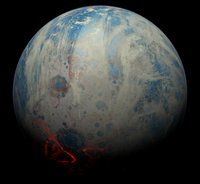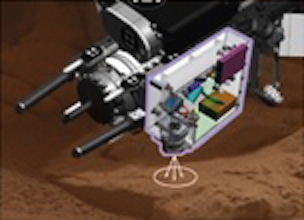
As the possibility of detecting the atmospheric composition of terrestrial exoplanets moves from the realm of science fiction to science we have become increasingly focused on determining what Earth would look like if analyzed remotely over its long history. Beyond just providing a record of Earth’s atmospheric composition, our goal is to determine how biological evolution has shaped surface oxygenation. A better understanding of our own planet’s atmospheric evolution will improve the framework we use to interpret exoplanetary atmospheres. To unravel the tale of Earth’s oxygenation and biological evolution, many key questions need to be answered. In this talk I will focus on providing a new view of atmospheric oxygen levels through Earth’s middle history, where traditional constraints on redox sensitive atmospheric components are so imprecise it is difficult to estimate Earth’s ‘detectability’. Further, I will provide new constraints on the factors leading to the climatic and biogeochemical turbulence that characterized the transition to the more modern (Phanerozoic) Earth.
 A Talk With Jim Green
A Talk With Jim Green What Can Extant Genomes Reveal About Early DNA Metabolism?
What Can Extant Genomes Reveal About Early DNA Metabolism? Bowling With Astrobiologists: A Twisted Path Toward the Origin of DNA
Bowling With Astrobiologists: A Twisted Path Toward the Origin of DNA SHERLOC: On the Trail of Potential Biosignatures on Mars
SHERLOC: On the Trail of Potential Biosignatures on Mars